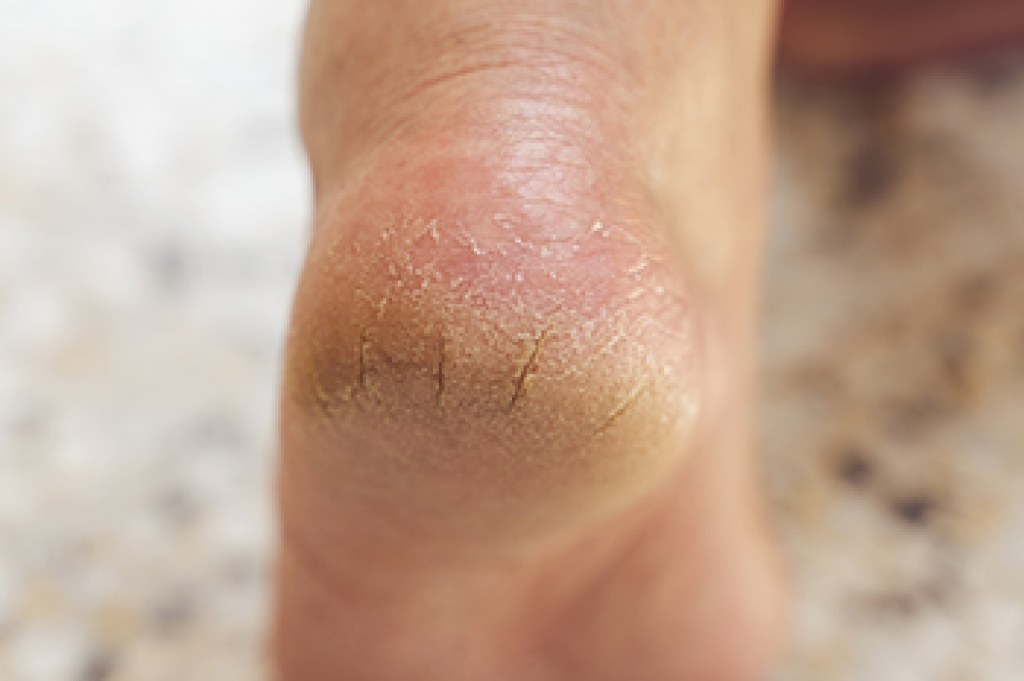
Many people experience common foot problems that can affect daily comfort and mobility. Athlete’s foot is a fungal infection causing itching, redness, and peeling, often treated with antifungal creams and keeping feet dry. Blisters result from friction or pressure, relieved by padding, protective footwear, and proper hygiene. Bunions are bony bumps at the base of the big toe caused by genetics or tight shoes, eased with orthotics, wider shoes, and sometimes surgery. Corns develop from repeated pressure and friction, relieved with cushioning, wearing proper footwear, and professional removal. A podiatrist can diagnose these conditions, provide targeted treatments, recommend footwear, and offer preventive strategies to protect foot health. If you have any type of foot or ankle pain, it is suggested that you consult a podiatrist who can offer effective treatment solutions.
Foot Pain
Foot pain can be extremely painful and debilitating. If you have a foot pain, consult with one of our podiatrists from PA Foot & Ankle Associates. Our doctors will assess your condition and provide you with quality foot and ankle treatment.
Causes
Foot pain is a very broad condition that could be caused by one or more ailments. The most common include:
- Bunions
- Hammertoes
- Plantar Fasciitis
- Bone Spurs
- Corns
- Tarsal Tunnel Syndrome
- Ingrown Toenails
- Arthritis (such as Gout, Rheumatoid, and Osteoarthritis)
- Flat Feet
- Injury (from stress fractures, broken toe, foot, ankle, Achilles tendon ruptures, and sprains)
- And more
Diagnosis
To figure out the cause of foot pain, podiatrists utilize several different methods. This can range from simple visual inspections and sensation tests to X-rays and MRI scans. Prior medical history, family medical history, and any recent physical traumatic events will all be taken into consideration for a proper diagnosis.
Treatment
Treatment depends upon the cause of the foot pain. Whether it is resting, staying off the foot, or having surgery; podiatrists have a number of treatment options available for foot pain.
If you have any questions, please feel free to contact one of our offices located in Allentown, Easton, Northampton, and Chew Street in Allentown, PA . We offer the newest diagnostic and treatment technologies for all your foot care needs.




